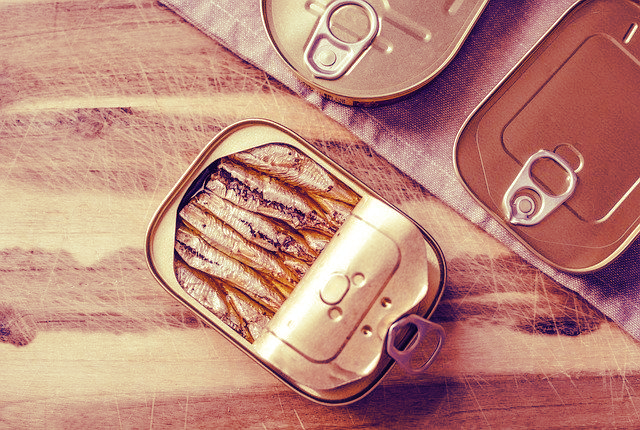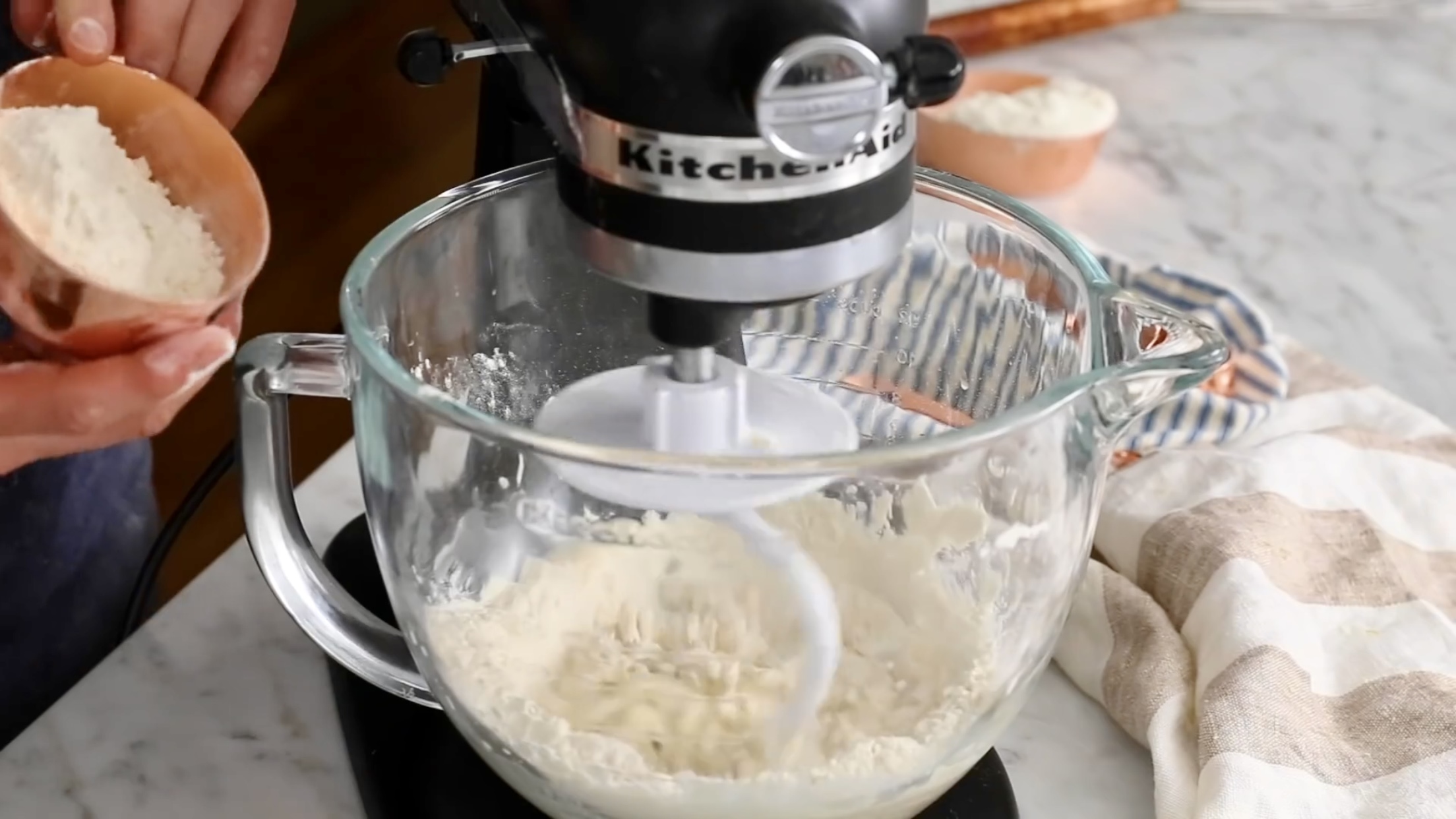The first rule is: don't let the time get away from you. We have gotten this very question at 5:00 a.m. on a Thanksgiving morning - when it is too late to do it well.
By far the best way to thaw a turkey is on a tray in your refrigerator. But don't underestimate how long this will take. The temperature of your refrigerator should be below 40°F (4°C), which is not much above freezing mark. So the turkey will thaw slowly - count on four or five pounds per 24-hour period. An 18-pound turkey is going to take at least four days to thaw thoroughly. Once thawed, you can keep the turkey in the refrigerator for an additional day or so before cooking.
A second, quicker option is to thaw the turkey in cold water. It should be wrapped so that the water can't seep into the packaging. It has to be completely submerged in cold water, and you have to change the water every half hour to keep it cold. With this method, count on taking a half hour per pound. So an 18-pound turkey will take a full nine hours to defrost thoroughly. It should be cooked immediately after defrosting.
The third option is to use the microwave oven, but it is almost impossible to do a good job. Only the largest microwaves are capable of holding a large turkey, and it is virtually impossible to get the insides of the turkey thawed before some of the outside portions - even the precious breast meat - are cooked. Then transferring it to the oven compounds the problem, as the turkey, like anything else, cooks from the outside in. So the outer portions will certainly be dry and tough before the interior is cooked thoroughly. (Of course, it must go right into the oven after being thawed in the microwave, as it cannot linger in a semi-cooked state for even a little while) If you insist on using the microwave thawing method, check the manufacturer’s instructions for the size of turkey that will fit into your oven, the number of minutes per pound, and the power level to use for thawing. The turkey should be unwrapped and on a microwave-safe plate to catch the juices as it thaws.
The goal here is to keep the entire bird cold while it thaws all the way to the center. Bacteria start to multiply more quickly at temperatures above 40°F, so if you can keep the whole turkey below or very near that temperature, the risk of spoilage and contamination is much less. It is for this reason that turkey is never thawed at room temperature. By the time the middle was thawed, the outer portions would have been at 70°F (21°C) for hours, and the bacteria count would almost certainly be in the millions.
Only the refrigerator method keeps the turkey cold enough that it could safely be refrozen after thawing if all your guests suddenly cancel and you don't want 18 pounds of leftovers. The reason food-safety advocates dislike the cold-water thawing method is that the water is more in the 50°F range, it takes a real commitment to change the water every half hour for six to twelve hours (so that it stays in the 50°F range), it is a challenge to keep the turkey submerged, and - because you have to cook the bird immediately - you are likely to be defrosting it overnight or in the early morning hours, and are you really committed enough to getting up every half hour to change that blasted water? Few people are.

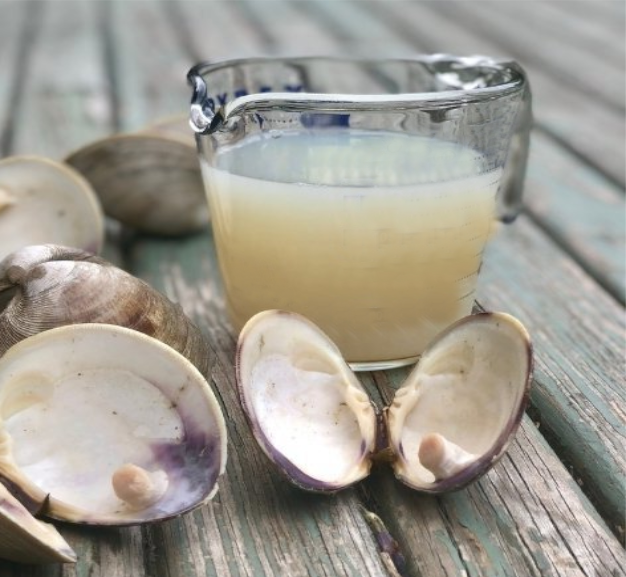






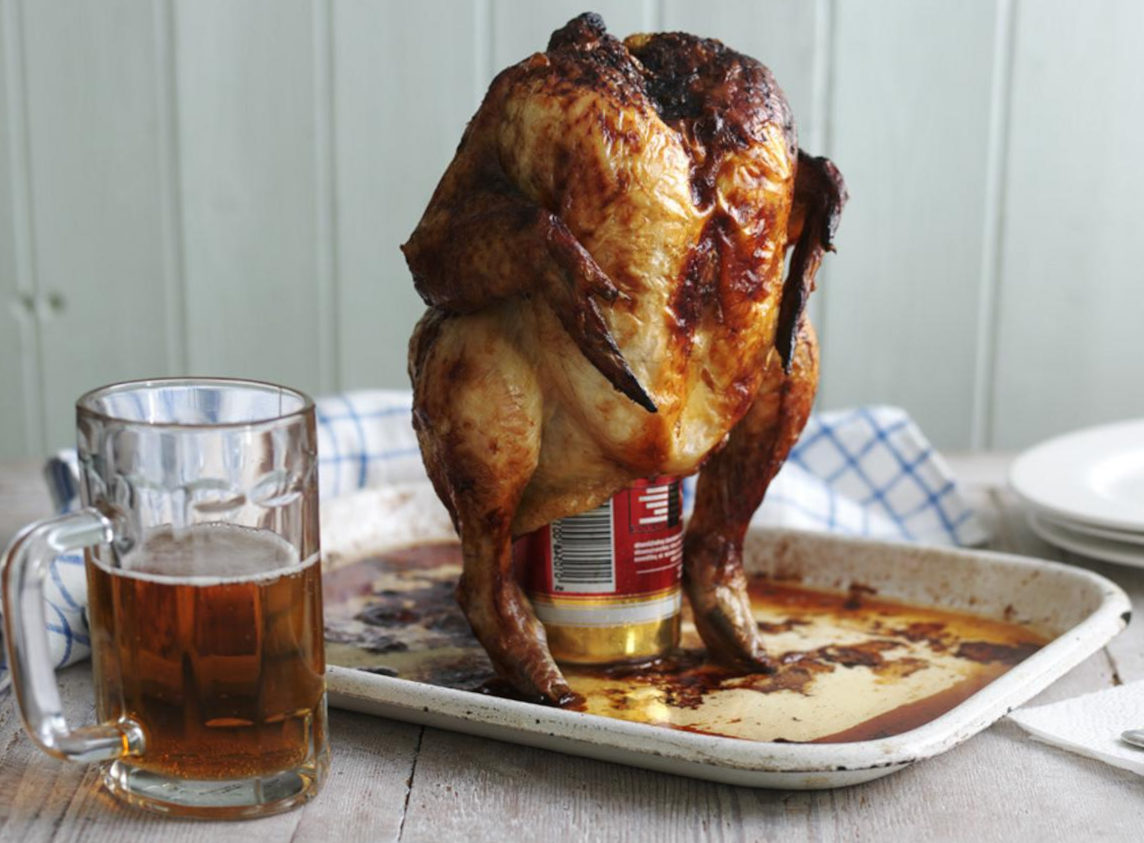





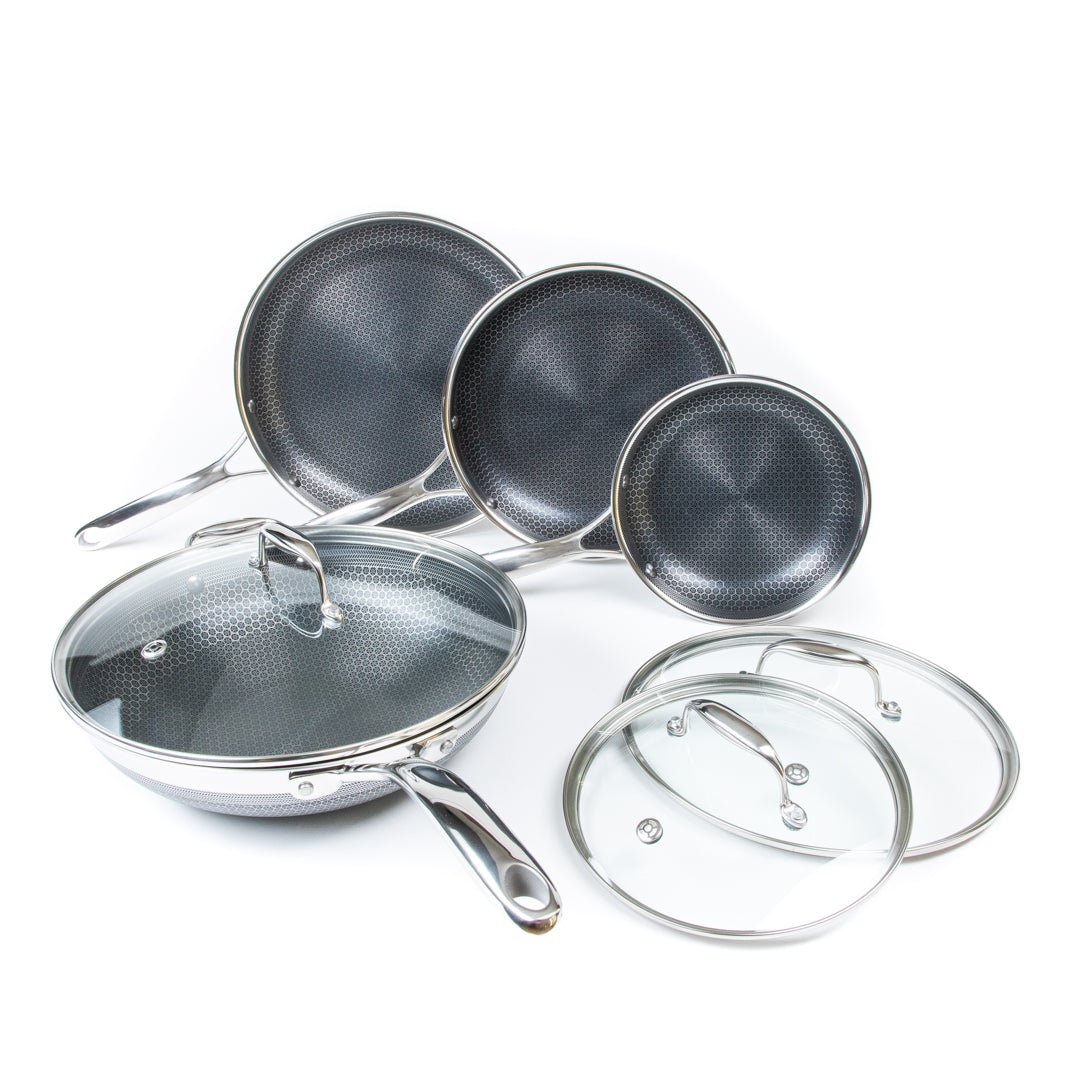


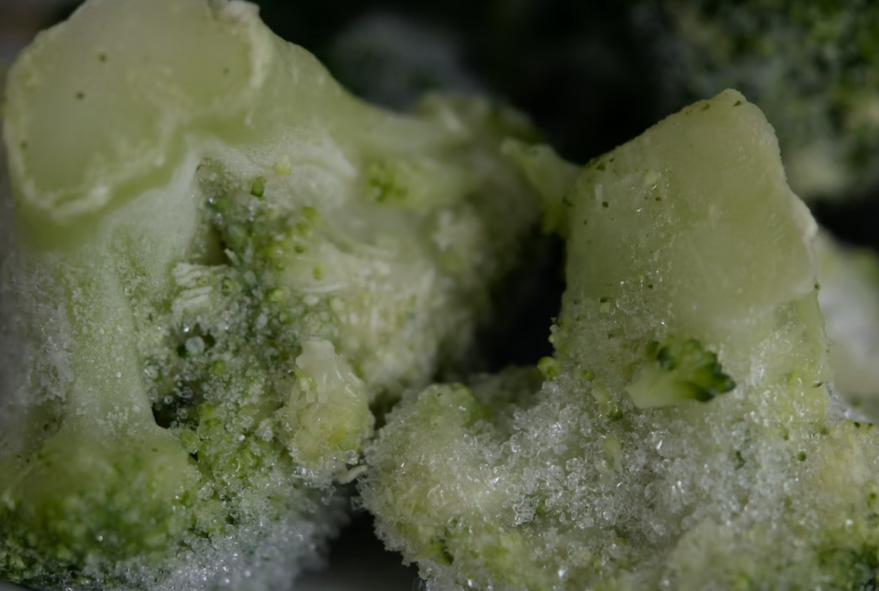
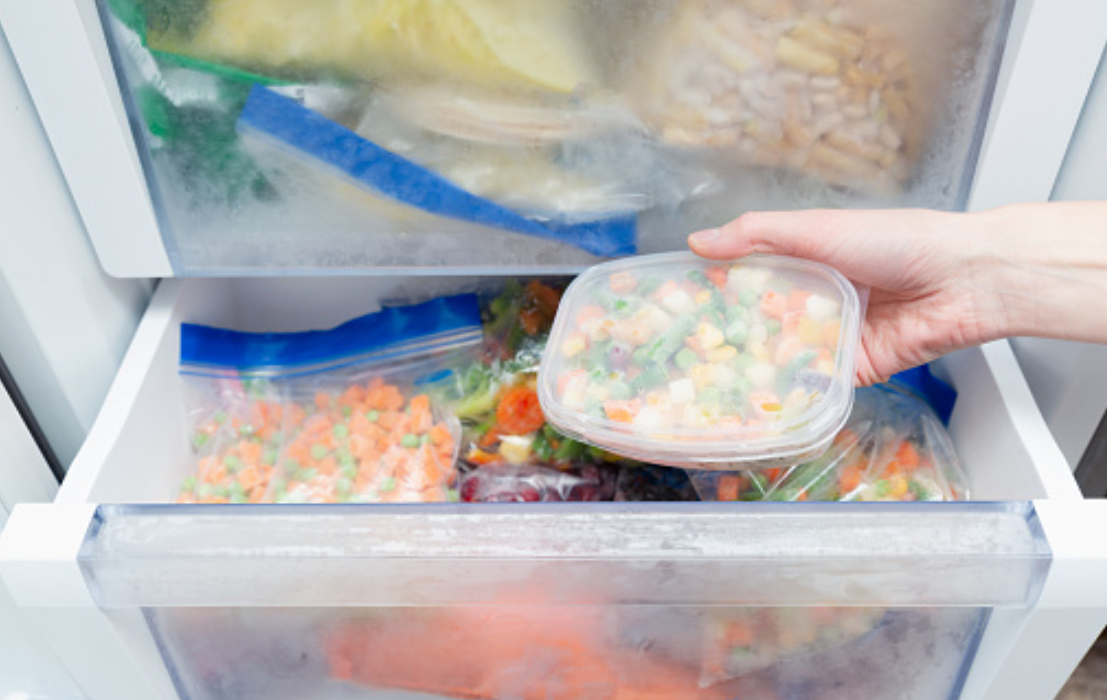
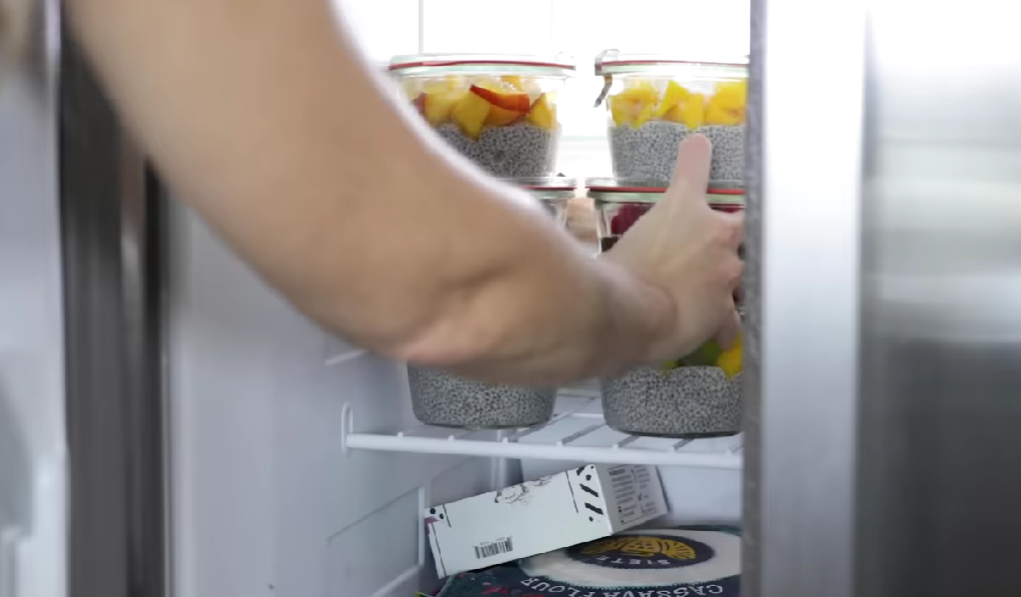

![Can you Cook Eggs in the Microwave? [Complete Guide]](/assets/images/c1f79d1cad59f18f9b5dc31403bd0eb2.png)



